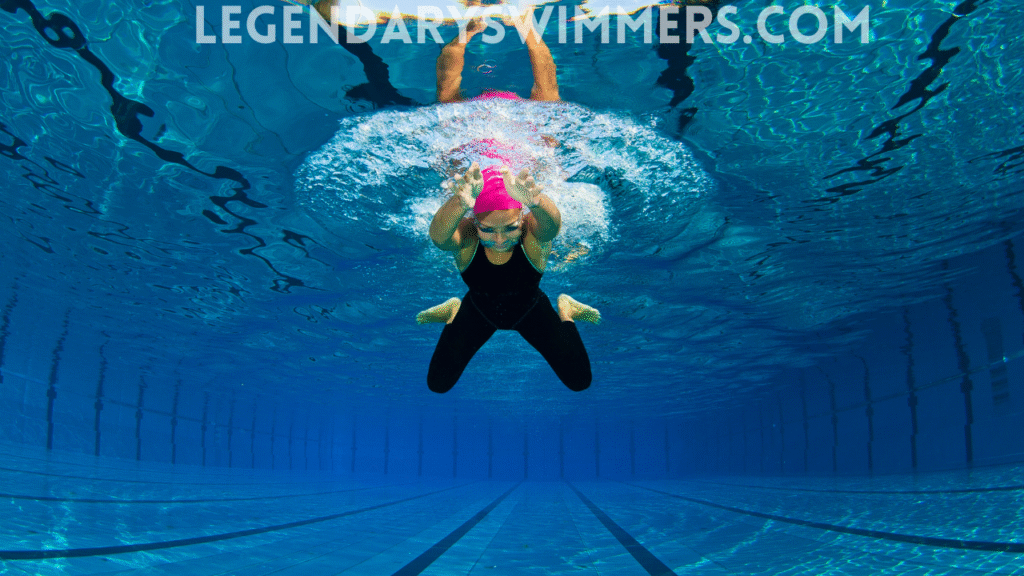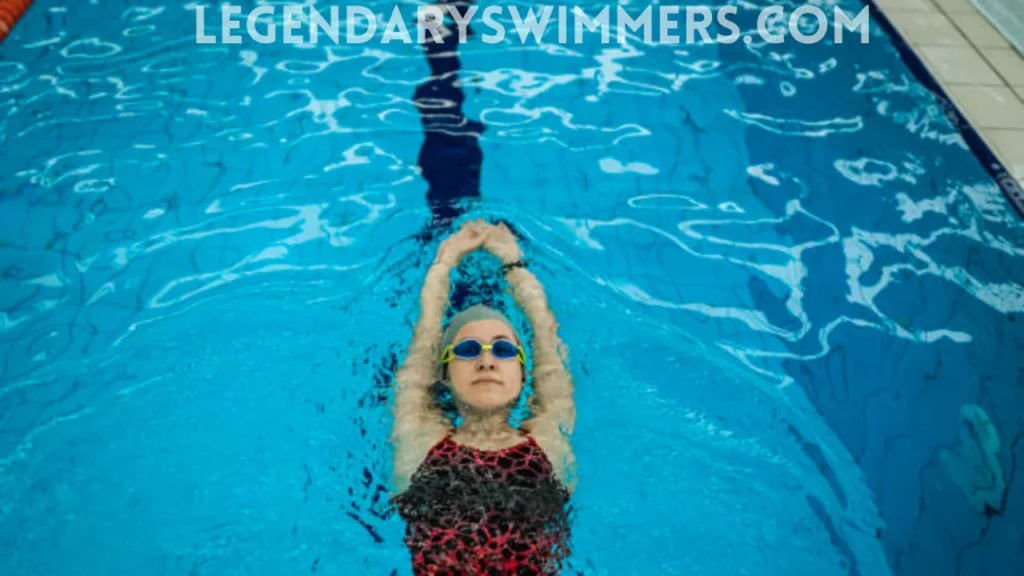Improve Breaststroke Kick Technique: Tips, Drills & Workouts
The breaststroke kick, often called the “frog kick,” is the powerhouse behind one of swimming’s most technical strokes, generating 70–80% of your propulsion, as noted by experts. A stronger kick leads to a more powerful, efficient, and seamless breaststroke technique. Whether you’re a beginner learning the ropes or an advanced swimmer aiming to refine your technique, this guide offers actionable tips, drills, and a sample workout to perfect your breaststroke kick. Why the Breaststroke Kick Matters The breaststroke kick is unique among swimming strokes due to its outward and backward motion, relying heavily on the insides and bottoms of your feet for propulsion. According to USMS, it’s the most critical component for speed in breaststroke, unlike freestyle or butterfly, where arm pull plays a larger role. A well-executed kick minimizes drag, maximizes force, and enhances stroke timing, making it essential for efficiency and speed. Benefits of a Strong Breaststroke Kick: Increased Propulsion: Drives you forward with minimal energy waste. Improved Timing: Synchronizes with arm pull for smooth, rhythmic swimming. Muscle Engagement: Targets quadriceps, glutes, hamstrings, adductors, and tibialis anterior for a full lower-body workout. Injury Prevention: Proper technique reduces strain on knees and hips, addressing concerns like “breaststroker’s knee.” Ready to boost your breaststroke? Let’s break down the technique, common mistakes, and drills to elevate your kick. Breaststroke Kick Technique: Step-by-Step Breakdown Think of it as four key phases: Up, Out, Around, and Together. Here’s how to execute each step for maximum efficiency. Up (Recovery Phase): Start in a streamlined position with legs extended and toes pointed. Bend your knees, drawing your heels toward your hips using your hamstrings. Keep heels close to the outside of your hips, not the centerline of your butt, to avoid wide knees. Tip: Hinge at the knees, not the hips, to minimize drag, as emphasized by USMS. Out (Setup Phase): Turn your toes outward, positioning the insides and bottoms of your feet to face backward. Your feet should be wider than your knees, roughly shoulder-width apart. Keep knees stable to avoid excessive outward movement, which increases drag. Tip: Be patient here—rushing this phase reduces the surface area for propulsion. Around (Propulsion Phase): Push your feet backward in a circular motion, using the insides of your feet and shins to press against the water. Engage your quadriceps and glutes to drive the kick, maintaining a direct backward force rather than a wide, arcing motion. Tip: Focus on kicking straight back, not around, for maximum speed, as noted in USMS. Together (Finish Phase): Snap your legs together, pointing your toes to return to a streamlined position. Aim to have your feet touch or nearly touch, squeezing every bit of propulsion out of the kick. Tip: A tight streamline at the end reduces drag and sets you up for the next stroke cycle. Key Principle: Balance aggressive recovery with patient setup. Move your heels quickly to your hips, but take time to turn your feet out before kicking. Muscles Used in the Breaststroke Kick Knowing which muscles are used allows you to focus your strength training more efficiently. The breaststroke kick engages: Quadriceps: Extend legs during the backward push. Glutes: Power the kick’s propulsion phase. Hamstrings: Recover heels to hips. Adductors: Squeeze legs together at the kick’s finish. Tibialis Anterior: Turn feet outward, a muscle prone to fatigue in beginners. Dryland Tip: Incorporate exercises like glute kickbacks, adductor squeezes, and tibialis anterior raises (e.g., toe taps) to strengthen these muscles. Use resistance bands for targeted workouts. Common Breaststroke Kick Mistakes to Avoid Mistakes in your kick can slow you down or even lead to disqualification, as per the 2021 USMS Rule Book. A significant number of studies and surveys indicate that around 70% of swimmers experience knee pain, often related to the repetitive strain and specific movements involved in the breaststroke kick. Here are pitfalls to watch for: Wide Knees: Allowing knees to spread beyond shoulder-width increases drag. Keep them stable and hinge at the knees. Rushing the Setup: Kicking before your feet are fully turned out reduces propulsion. Be patient during the “Out” phase. Kicking Around, Not Back: A circular, “around” motion wastes energy. Focus on a direct backward push. Dolphin or Scissor Kicks: These are illegal in breaststroke and disrupt timing. Ensure both legs move symmetrically. Poor Timing: Kicking while arms pull creates resistance. Time your kick to start as arms extend forward, as advised by Swim England. 5 Drills to Perfect Your Breaststroke Kick These drills isolate the kick to improve technique and power. Wall Kicks: Purpose: Teach knee hinging and minimize hip movement. How: Face the pool wall, press your body against it, and perform breaststroke kicks, drawing heels to the outside of your hips. Minimize hip movement. Reps: 2 sets of 10 kicks. Equipment: None, or use a kickboard from Legendary Swimmers for support. Heel Tag on Back: Purpose: Improve flexibility and heel recovery. How: Lie on your back, hands near your hips. Kick and try to tap your heels to your hands. Keep knees shoulder-width apart. Reps: 4 x 25m, 30 seconds rest. Equipment: Optional snorkel for easier breathing. Streamline Kick on Front: Purpose: Enhance, streamline, and kick efficiency. How: Push off in a streamline, perform breaststroke kicks just below the surface. Lift head to breathe without pulling your arms. Reps: 4 x 50m, 45 seconds rest. Equipment: Use a snorkel from Legendary Swimmers to focus on kicking. Pull Buoy Kicking: Purpose: Correct wide knees. How: Place a pull buoy high between thighs and kick. Focus on hinging at the knees and keeping feet wider than knees. Reps: 2 x 50m, 1 minute rest. Equipment: Pull buoy from Legendary Swimmers. Snorkel Thumb Lock Kicking: Purpose: Improve body position and kick mechanics. How: With a snorkel, extend arms and lock thumbs in front. Kick, focusing on a horizontal body line and proper foot turnout. Reps: 4 x 25m, 40 seconds rest. Equipment: Snorkel and swim fins from Legendary Swimmers for added resistance. Sample Breaststroke Kick Workout (30–40 Minutes) This workout, inspired by MySwimPro,
Improve Breaststroke Kick Technique: Tips, Drills & Workouts Read More »













